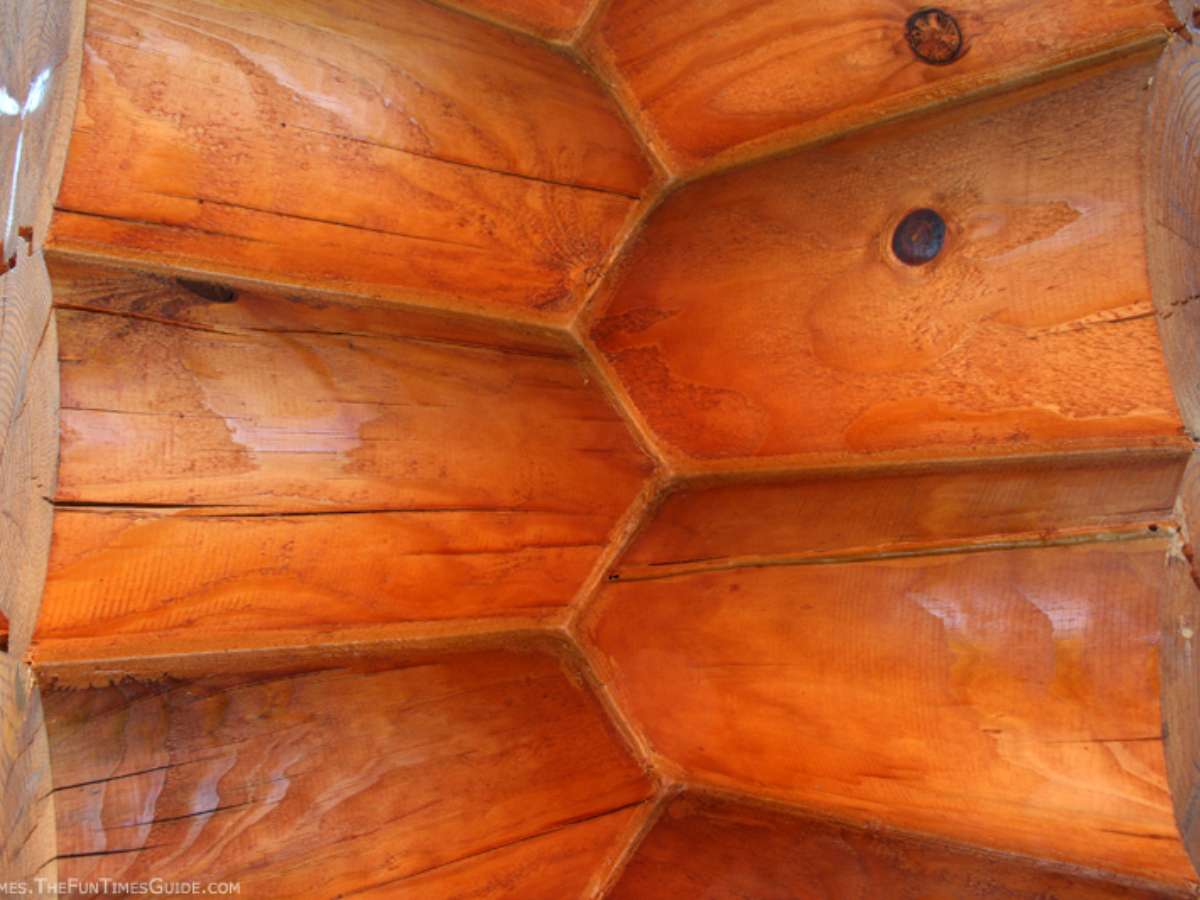 Got an interesting email from Joe this weekend…
Got an interesting email from Joe this weekend…
Just beginning to layout plans for possible log home in TN. Have you considered Geothermal. Everything I read sounds good and I’m thinking that I have to dig out the basement so why not look at this option placed in surrounding opening. Electricity may be cheap in TN but not here in FL. Also looking at prefabbed basement as in this OLD House. Meeting with TN log home and Honest Abe next week.” — Joe
This topic might be of interest to others, so here are my thoughts…
What Is Geothermal?
According to the Geothermal Resources Council:
Geothermal Energy is heat (thermal) derived from the earth (geo). It is the thermal energy contained in the rock and fluid (that fills the fractures and pores within the rock) in the earth’s crust.
In effect, Geothermal Energy is a means of gaining power (electricity) from the Earth’s own heat.
Interesting…
I definitely believe that anything we can do to save on things like electricity and heating & cooling costs — while helping the environment at the same time — is certainly worth considering.
At this point, Jim and I are still in the beginning stages when it comes to exploring the many ways to go “green” when building a log home.
We certainly have a lot to learn in this area, which is why we appreciate the feedback and recommendations from others who are building log homes and trying to live green as well. So thanks, Joe, for your ideas. We’ll be looking into those resources you recommended.
Geothermal heat pump. This system, which is installed beneath the house, takes advantage of the Earth’s relatively constant subterranean temperature to heat and cool your home. In the winter, it transfers heat from the ground to your home; in summer, it extracts interior heat and discharges it into the ground, keeping your home cool without air conditioning and related energy usage. Bonus: The right unit can double as a hot-water heater.
Log Home Living
Pre-Fab Basement Walls
In answer to Joe’s question about the basement walls from Superior Walls of Tennessee…
Yes, we have considered that option. We saw these guys at a log home show recently.
The only catch is… our lot is quite steep, and the private road in is very narrow with a couple of 180-degree switchback turns. So cranes and forklifts can’t really get back there. (We’re already having to come up with some “workarounds” for the logs themselves and other supplies being unloaded at the main road and then trucked back in smaller loads in order to accommodate for the lack of access to our lot.)
Thanks again, Joe (and others) for your feedback and suggestions about building log homes. Keep ’em coming…
RELATED:
![]() Check out this 8-page .pdf document called The Values Of Geothermal Energy.
Check out this 8-page .pdf document called The Values Of Geothermal Energy.
![]() Here’s a very basic (yet thorough) explanation of Geothermal Energy.
Here’s a very basic (yet thorough) explanation of Geothermal Energy.
UPDATE 9/23/07: More About Geothermal
There was some good information about this in the December 2007 issue of Log Home Living magazine. They call geothermal heating and cooling systems “the smart HVAC alternative”. Some key points:
- They say that this technology is no longer considered pie in the sky… it’s a system that is working effectively for thousands of homeowners already.
- There are higher up-front costs associated with this system than with a standard HVAC system. (They say that installation costs can double the bottom line.) But the return on your investment is typically 5 to 8 years.
- The savings on your monthly bills are immediate, though. The example used was $350/mo before installing a geothermal system vs $90/mo afterwards.
The folks from Log Home Living magazine (with help from Mark Tolbert from Eagle Mountain, the parent company of RadiantMax) summarize the concept of geothermal in a way that makes the most sense to me:
Specifically, fluid circulates through a loop buried into the ground and passes through a refrigerant housed in an indoor unit. The fluid, which has already been heated to the earth’s constant temperature of about 52 degrees, is compressed and made even hotter. This energy is used to heat the air, which is circulated through your home’s ductwork.
In the summer? The process is reversed. The system takes heat out of your house and puts it into a hot-water tank or the ground. So, you not only cool your home, you can also get free hot water!”




